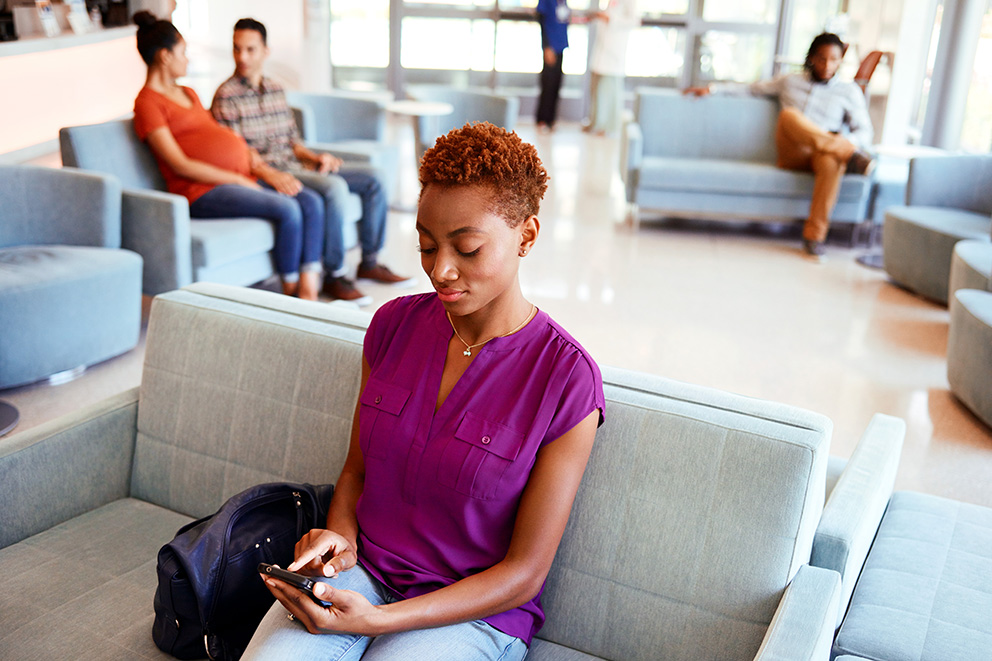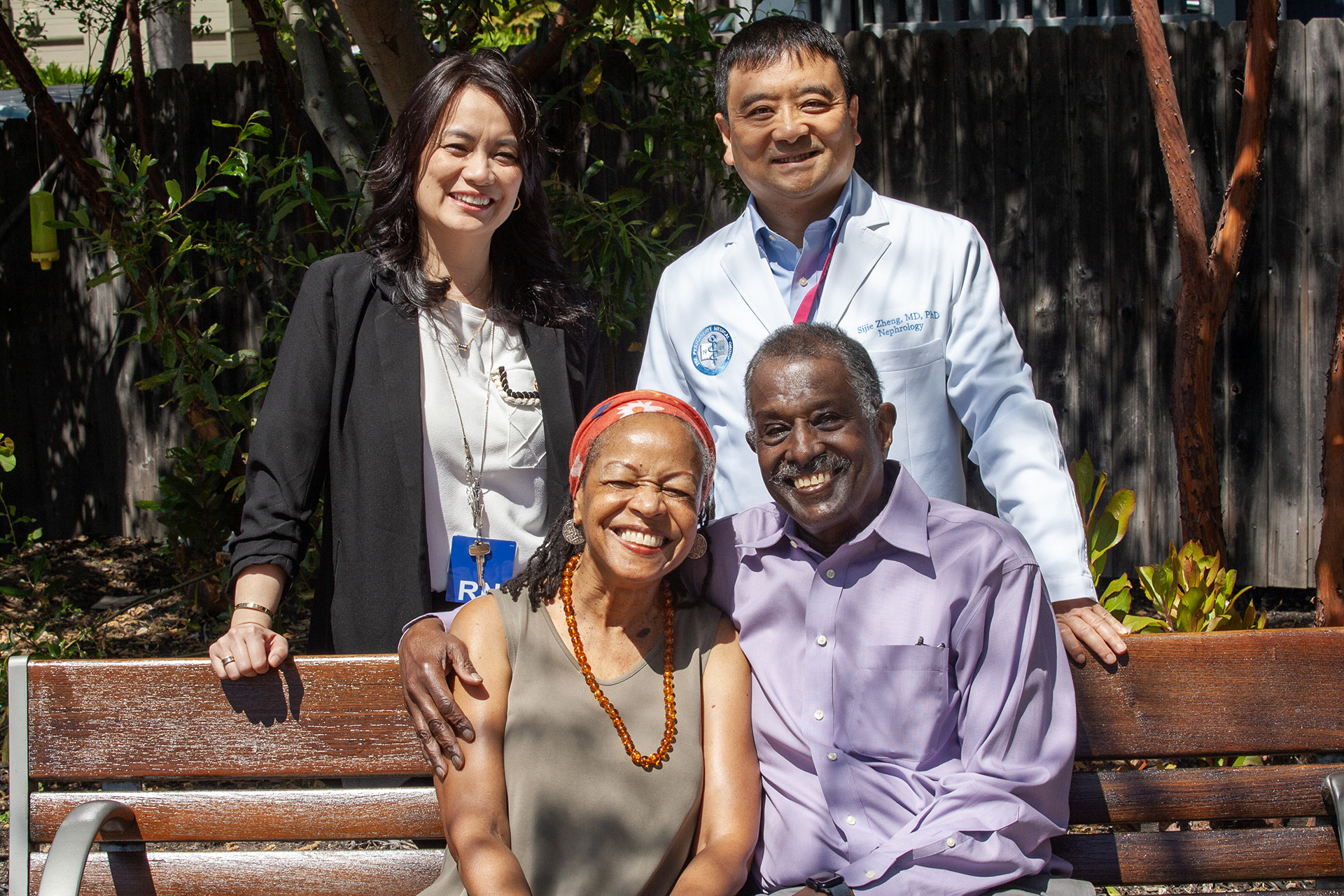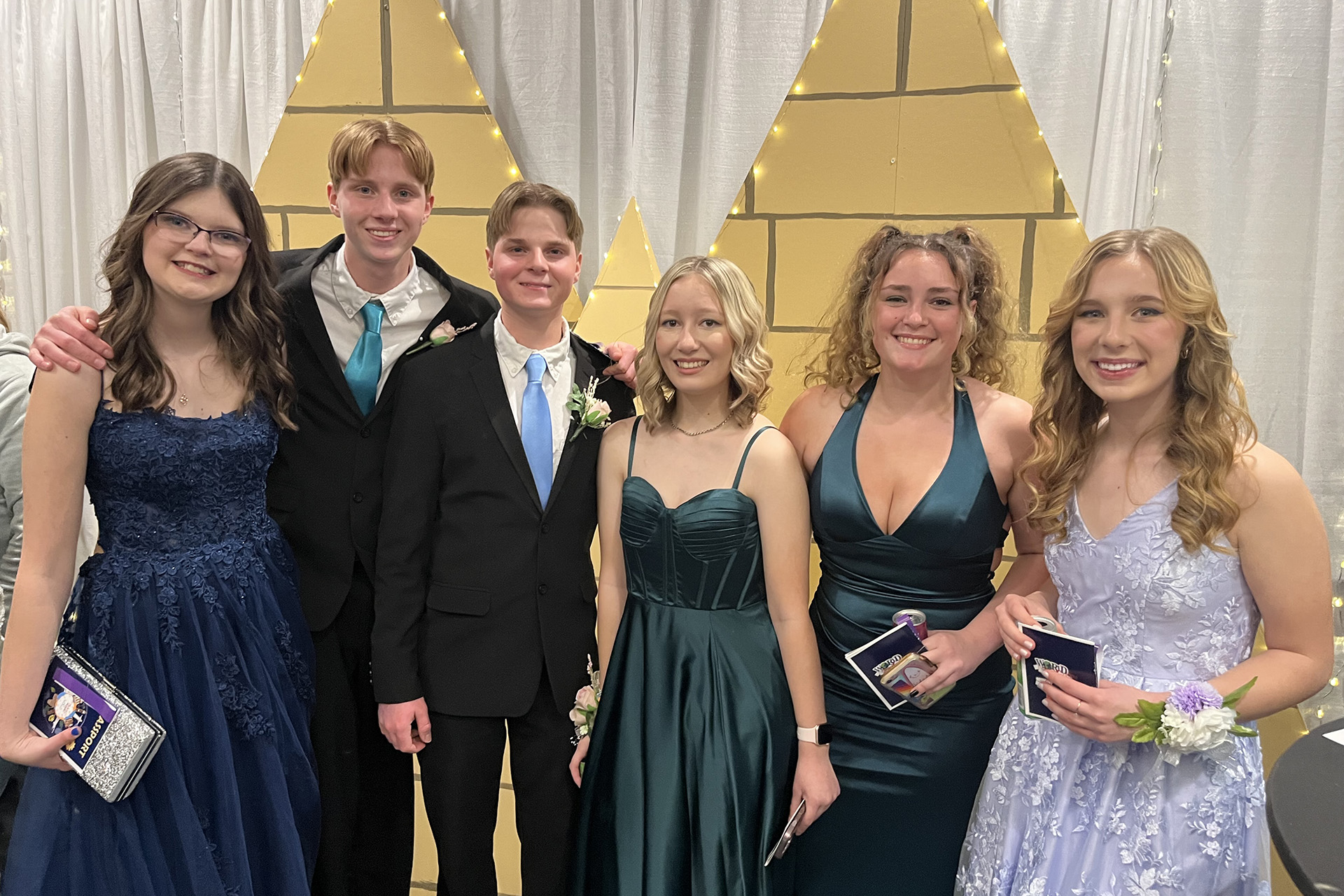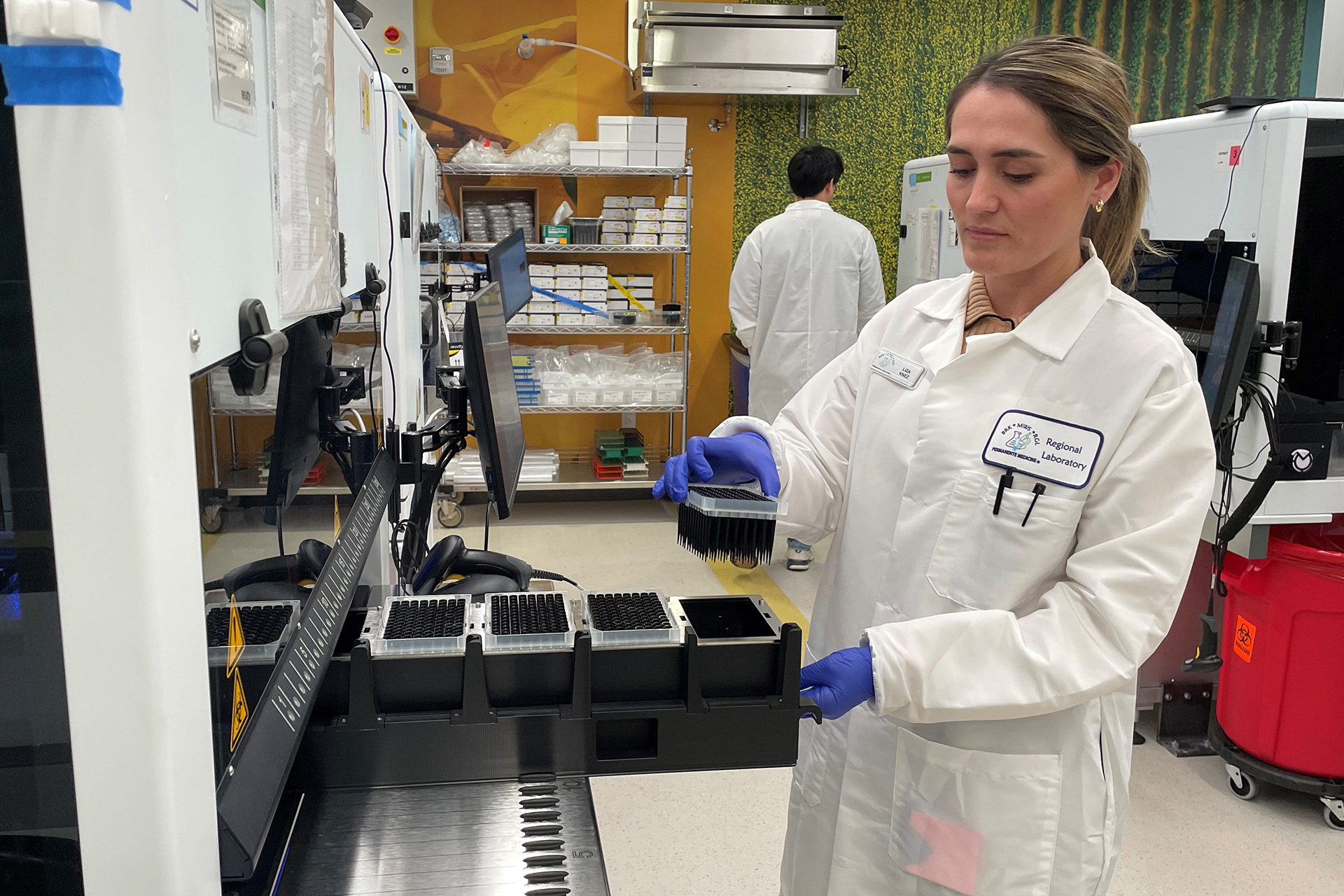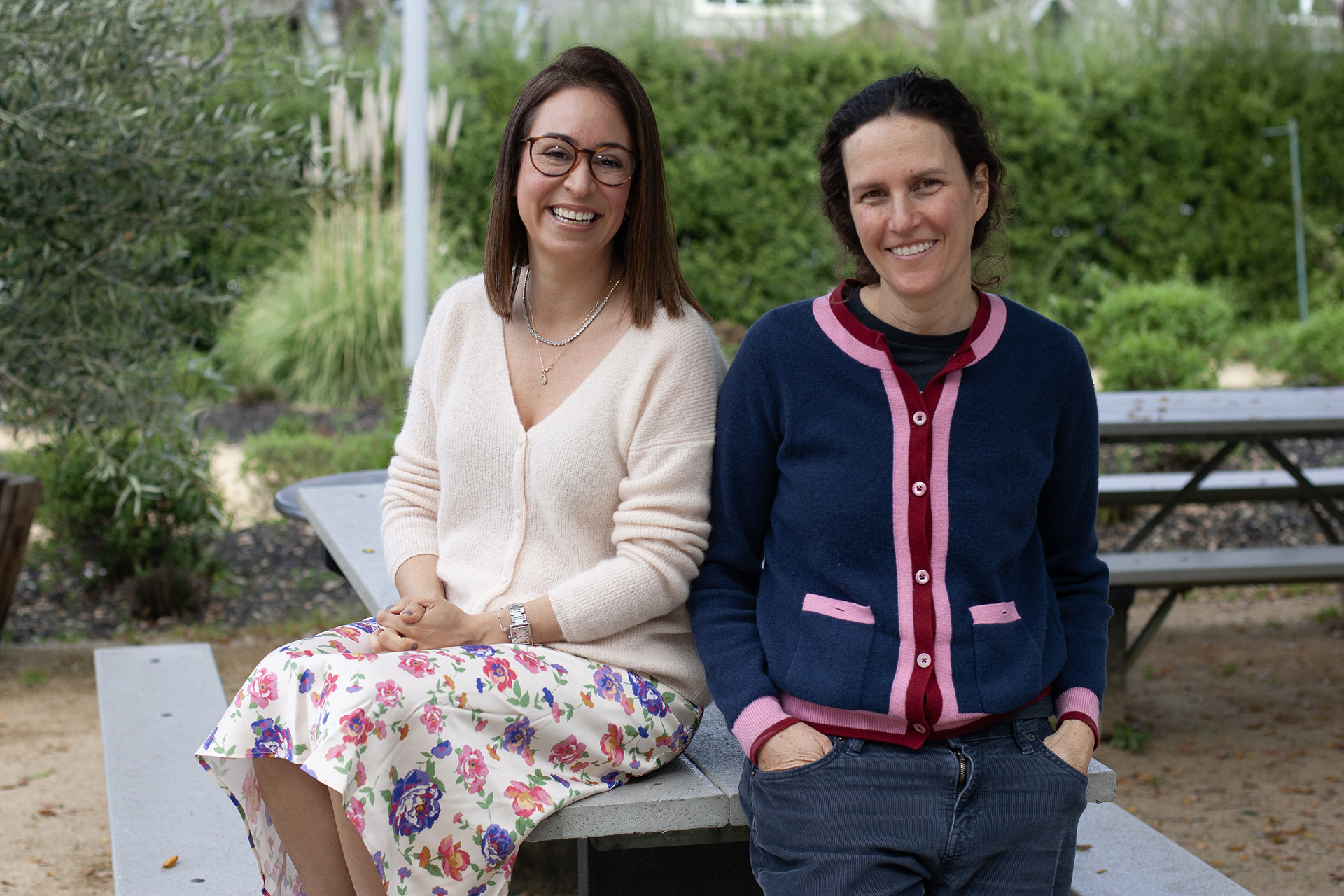Kaiser Permanente mental health professionals are using the app Recovery Record to better support their eating disorder patients’ journey to recovery.
According to the American Hospital Association, 76 percent of U.S. hospitals connect with patients and consulting practitioners at a distance through virtual visits and other technology.
Mental health professionals at Kaiser Permanente Northern California are also seeing the value of utilizing new telehealth opportunities with their patients. Recovery Record, created in 2011 by a small team of psychologists, engineers, and entrepreneurs in Palo Alto, California, is the first evidence-based, HIPAA-compliant smartphone app designed for those suffering from eating disorders. The tool allows patients to self-monitor eating, track coping behaviors, and connect with their clinician directly through the app. It also provides patient data and tools for timely, targeted intervention.
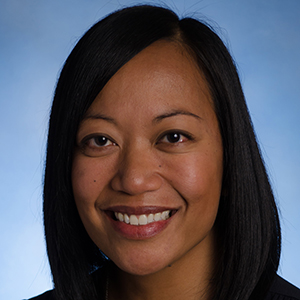
Katrina Domingo, PsyD, a psychologist at the Kaiser Permanente Walnut Creek Medical Center, is one of 48 mental health professionals around the region who regularly uses Recovery Record with patients.
“Twenty million women and 10 million men will struggle with an eating disorder at some point in their lives. Implementing new ways to engage patients suffering from this condition is ever important,” she said. “And given the ubiquity of smartphones, Recovery Record is an effective, non-intrusive therapeutic tool to use alongside clinical treatment. I’m proud to be a therapist at an organization that implements and adopts new technology that can better a patient’s experience and recovery.”
Intertwined Functionality
The app works like this: A patient can log into Recovery Record and enter a list of foods that he or she ate, including any pictures. There’s a journal feature that allows patients to document how they’re feeling day to day and how they have attempted to cope, and therapists can engage with patients through the app, such as “liking” a post, encouraging a particular coping skill, or submitting a supportive message.
The app can also send encouraging alerts to the patient — reminding him or her to eat a snack or take a meditation break.
On the back end of the application, a therapist working in tandem with a registered dietitian, can track data in a way that allows better evidence-based, tailored, and real-time treatment. The app can summarize patients’ self-monitoring data in graphs and charts and provide printable PDF reports. It’s a tool that helps therapists in their care delivery, too.
“I once had a teenage patient tell me that her mom gave her too much food at dinner. I asked to see a picture of the meal that she captured through the app,” Dr. Domingo recalled. “After seeing that the meal looked reasonable, we were able to talk through it objectively, and the registered dietitian was also able to discuss the nutritional value of what was on the plate. Recovery Record provides this intertwined functionality — there’s an opportunity for medical innervation alongside a therapeutic approach.”
According to a recent pilot study run by Recovery Record’s founders, 89 percent of Kaiser Permanente patients reported that using Recovery Record helped prevent their condition from getting worse.
A Perfect Companion to KP’s Model of Care
Dr. Domingo says that using Recovery Record aligns perfectly with Kaiser Permanente’s model of integrated care and technology.
“It’s an extension of what we already do through our electronic medical record: facilitating care and treatment through a unique, team-based approach,” she said. “And it’s also a patient-pleaser.”
Before adopting Recovery Record, Dr. Domingo said that eating disorder patients had to keep paper records of their experiences, which could get lost or become cumbersome, or they’d wait for their next session, when their symptoms could be more acute, or they’d have trouble recalling a specific triggering moment.
“More than just receiving a secure message from a patient, we are able to actually look at how they’re living their lives between sessions,” she said. “And that can make a huge difference.”
